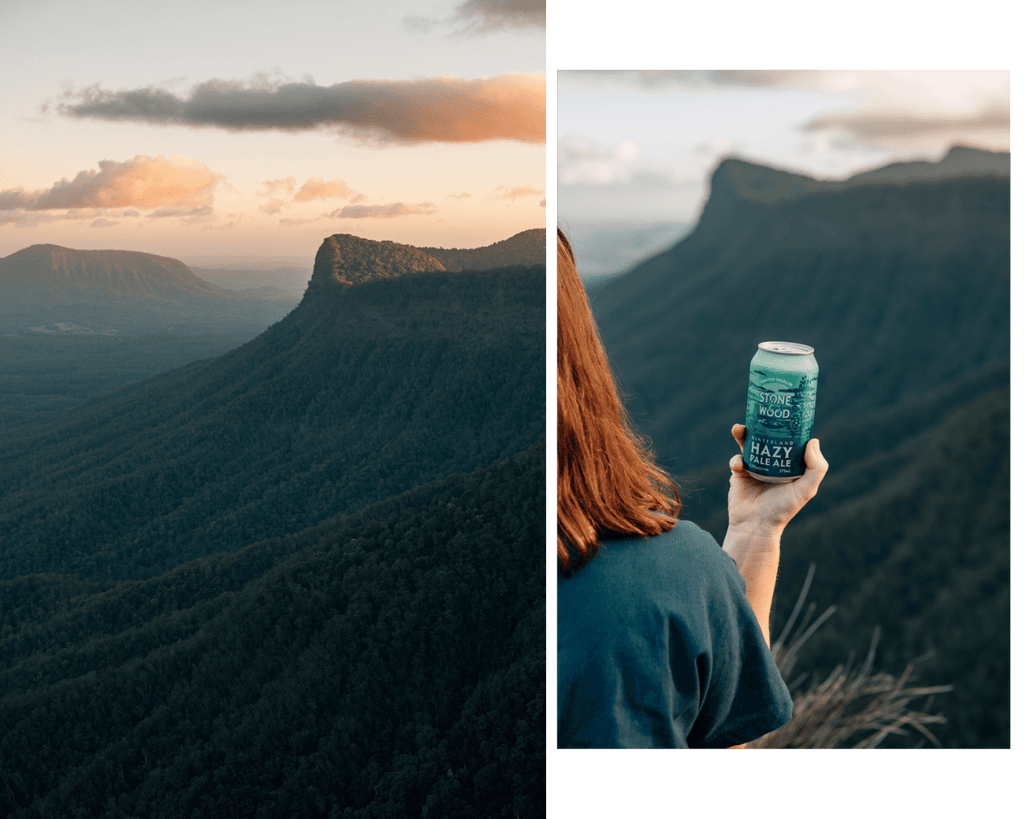You know how it goes. You’re standing around the esky, crack open a cold can of our new Citrus Radler, and someone throws it out there:
“So... it’s just a fancy shandy, right?”
Fair question. At first glance, they might seem similar, both easy-drinking, citrusy and built for hot arvos. But when you dig a little deeper, you’ll find that a Radler and a shandy are more like distant cousins than twins. They might show up to the same backyard BBQ, but they’ve definitely taken different roads to get there.
Let’s unpack it.
What’s a Shandy?
A shandy is your classic mix, usually one part beer (like a lager or light ale), one part lemonade or lemon squash. It’s blended on the spot, whether it’s your local bartender pouring it from the tap, or you mixing one yourself at home.
It’s casual, nostalgic and has its place. But here’s the key, a shandy isn’t brewed. It’s a half-half combo. Part beer. Part soft drink.
So, while it’s refreshing, the flavour is usually sweeter, less structured, and definitely not designed for beer lovers chasing real depth or balance.
And a Radler?
A Radler, on the other hand, is a purpose-brewed style of beer that’s been around for over a century. It was first poured in Germany for cyclists looking for something cold, light and sessionable post-ride. (Fun fact: “Radler” actually means “cyclist” in German.)
But unlike a shandy, a true Radler is brewed from the ground up. It’s not beer mixed with lemonade, it’s beer infused with real citrus during the brewing process. The result? Something light, fruity, naturally zesty and still proudly beer.
Enter: Our Citrus Radler
We’ve always brewed with the Northern Rivers lifestyle in mind, long summer days, salt in the air, backyard hangs that roll into the evening. So, when we decided to create our take on a Radler, we knew it had to tick a few boxes:
- Light and easy on the palate
- Full of fresh citrus character
- Brewed with intention, not mixed after the fact
- Mid-strength, sessionable, and undeniably refreshing
Our Citrus Radler is all that, and then some. We brew it with Galaxy hops, regenerative malts, and add 100% Aussie lemon purée during the whirlpool. Once fermentation’s done, we finish it with natural orange and grapefruit flavours to dial up the citrus.
At 4.0% ABV, it’s crisp and refreshing without compromising on taste, with just enough zing to make you want another.
And unlike a shandy, there’s no lemonade or soft drink in sight. Just beer, crafted with care, and a little citrus twist.
| Feature | Shandy | Citrus Radler |
| Made with | Beer + lemonade or soft drink (post-pour) | Brewed beer + real fruit additions during and post-ferment |
| Sweetness | Sweet from lemonade | Lightly citrusy, dry and refreshing |
| Brew process | Mixed after brewing | Citrus integrated into the brew itself |
| Alcohol | Variable, often lower | 4.0% ABV, balanced and consistent |
| Flavour | Soft drink-forward | Beer-forward, with real citrus character |
| Vibe | Classic Aussie pub mix | Thoughtfully brewed, bright, modern and beer-first |
Same Purpose, Different Path
Both Radlers and shandies exist for the same reason: to quench thirst. They're made for summer, for sweaty afternoons, for post-surf chill outs and backyard hangs with the crew.
But where a shandy leans on lemonade, a Radler is brewed with integrity, it’s real beer, made with real fruit, and built from the ground up to be bright, citrusy and sessionable.
At Stone & Wood, we don’t just want to make something “like a shandy.” We want to make something that’s uniquely us, something brewed with the same purpose and care as everything else we make. And we want it to reflect who we are and where we’re from.
That’s why we use locally grown fruit, regeneratively farmed grains, and why we’re proud to be a Certified B Corp, committed to leaving the Earth better than we found it. From our solar-powered brewery to our community-focused inGrained Foundation, we believe good beer should do good too.
The Verdict?
Next time someone asks if our Citrus Radler is just a fancy shandy, feel free to smile and say:
“Nah mate, it’s a proper beer with a citrus twist.”
Same thirst-quenching vibe, different story in every can.























 1. Mount Jerusalem National Park:
1. Mount Jerusalem National Park:
 2. The Pinnacle Walk:
2. The Pinnacle Walk:
 3. Border Ranges National Park: A Wilderness Gem
3. Border Ranges National Park: A Wilderness Gem 5. Goonengerry Waterfalls:
5. Goonengerry Waterfalls: 6. Minyon Falls:
6. Minyon Falls:















